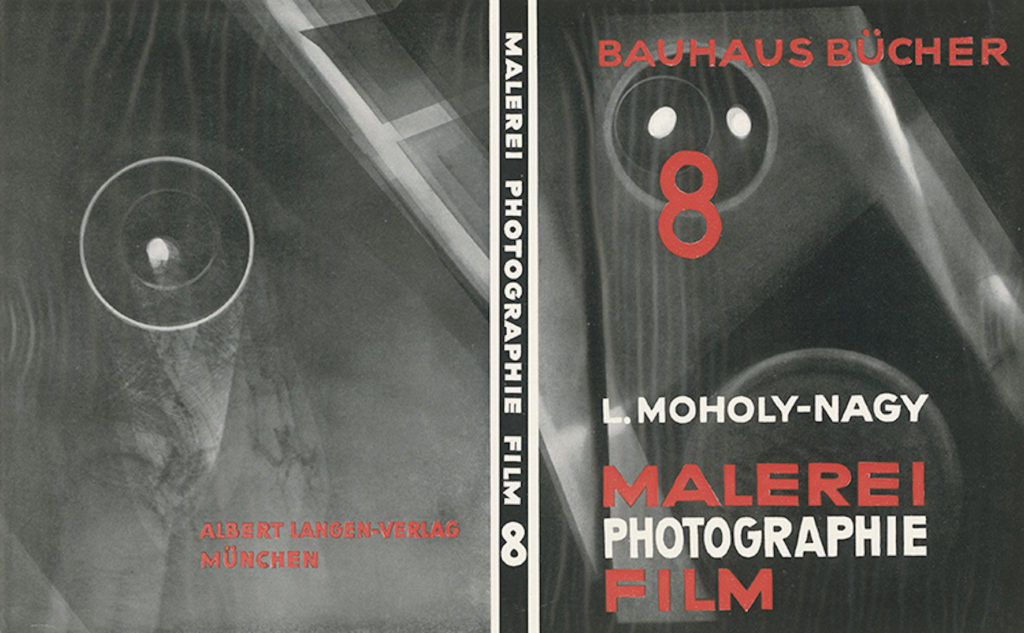
László Moholy-Nagy and Alvar Aalto’s Biocentric Vision of Design and their Admiration for Invisible Structures: “Elastic” Standardization as Biosemiotics
Marianna Charitonidou
It is the artist’s duty today to penetrate yet-unseen ranges of the biological functions, to search the new dimensions of the industrial society and to translate the new findings into emotional orientation. The artist unconsciously disentangles the most essential strands of existence from the contorted and chaotic complexities of actuality, and weaves them into an […]
It is the artist’s duty today to penetrate yet-unseen ranges of the biological functions, to search the new dimensions of the industrial society and to translate the new findings into emotional orientation. The artist unconsciously disentangles the most essential strands of existence from the contorted and chaotic complexities of actuality, and weaves them into an emotional fabric of compelling validity, characteristic of himself as well as of his epoch.
Moholy-Nagy cited in Sibyl Moholy-Nagy, Moholy-Nagy: Experiment in Totality, foreword by Walter Gropius (New York: Harper, 1950), 236.
Alvar Aalto and László Moholy-Nagy shared the conviction that biology and technique are closely connected. They admired natural and biological forms and developed a reflection around the notion of standardization. The way they conceived the osmosis between technology and nature and the invisible structures that connect them cannot but be related to their endeavour to take seriously into account the socio-economic, and psychological aspects that characterize the creative process. At the centre of Moholy-Nagy’s teaching and artistic practice was the belief in the sociobiological ends, on the one hand, and the possibility to conceive every aspect of creative practice in a holistic and unified way. This was very apparent in his teaching philosophy at the New Bauhaus, the School of Design and the Illinois Institute of Technology (IIT), which was based on the intention to reveal the invisible structures of biological functions, and the relate the new dimensions of the industrial society to their emotional effects. Aalto and Moholy-Nagy saw the exchanges between nature and technology and their confluence as an opportunity for rethinking the concept of standardization and the construction of light. Their originality in standardization challenged the rigidity of the more canonical modernist architects and artists. Their writings and designs constitute important precedents for the leading paradigms of industrial, architectural and urban design as mechanisms imitating nature.
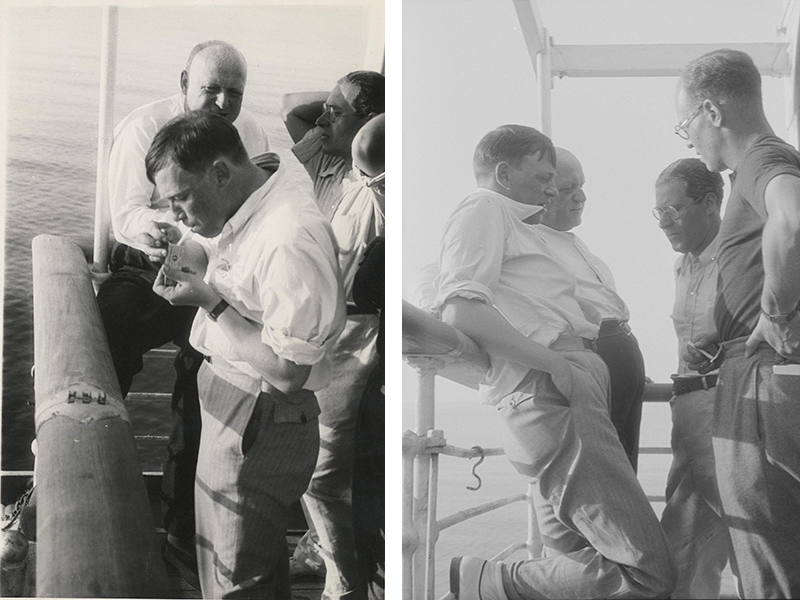
(Left) Figure 1. Otto Neurath having a conversation with Alvar Aalto (centre) and László Moholy-Nagy (right) on the board of Patris II. Source: gta Archives / ETH Zurich, CIAM papers (42). (Right) Figure 2. László Moholy-Nagy having a conversation on the board of Patris II. Source: gta Archives / ETH Zurich, CIAM papers (42).
During the early thirties, László Moholy-Nagy and Alvar Aalto developed a close friendship. They had the chance to exchange on their design philosophy during the second Congrès International de l’Architecture Moderne (CIAM) in 1929, and two years later as well during a trip that Moholy-Nagy and Ellen Frank made in Finland in June 1931. They also met during the inner circle CIAM meeting in Berlin also in June 1931, and in London in 1933. That same year, they co-travelled on the Patris II cruise from Marseille to Athens during the fourth CIAM (fig. 1, fig. 2). Aalto was greatly inspired by the ideas that Moholy-Nagy developed in Von Material zur Architektur (fig. 3), which Moholy-Nagy offered to him as a present during his 1931 visit to Scandinavia. Aalto’s intention to promote a model of standardization based on biology and nature has many similarities with Moholy-Nagy’s admiration for natural and biological forms.
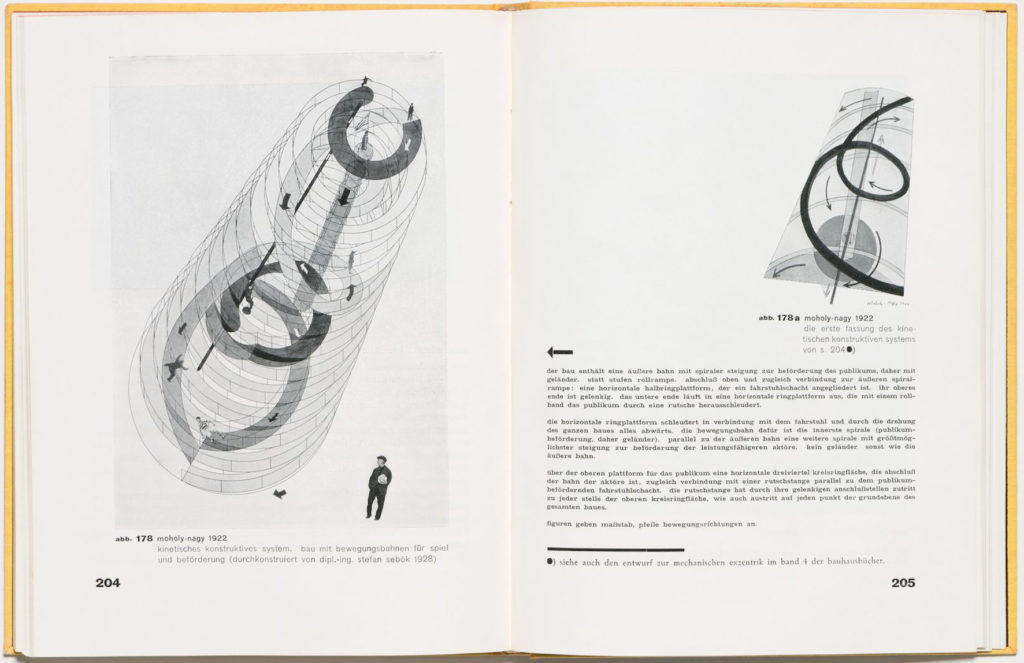
Figure 3. László Moholy-Nagy, dynamic-constructive system published in László Moholy-Nagy, Von Material zu Architektur, Bauhausbücher no. 14 (Munich: Albert Langen, 1929), 204-205.
The complexities of Aalto’s biocentric vision is evident coming out of a lecture entitled “The Reconstruction of Europe is the Key Problem for the Architecture of Our Time” that he gave at various instances in Switzerland in April 1941. At the centre of this talk was his intention to express his admiration for the variety that one can encounter in nature, such as in flowers and trees. The specificity of Aalto’s worship for nature can be compared to the work of Baltic German biologist Jacob von Uexhüll and his contribution to the establishment of the field of biosemiotics (fig. 4). Von Uexhüll’s understanding of Umwelt – referring to a German term meaning “environment” or “surrounding world” – had an important place in Aalto’s thought. His distinction between Innenwelt and Umwelt, that is to say between inner and outer subjective worlds, was based on the idea that “the body takes an active part in the production of mental objects”.1 Aalto’s rejection of the models of standardization developed by the automobile industry brings to mind Uexküll’s opposition to mechanism and his non-mechanistic approach to life. The distinction between organicism and non-mechanism is of great significance for the model of standardization that Aalto promoted. Aalto’s analogy between the way in which cells in nature are related to each other composing a whole, and the way in which architectural compositional units are related in order to create unity and harmony was undoubtedly inspired by Uexhüll’s conception of Umwelt. According to Von Uexhüll’s perspective, the Umwelt constitutes a phenomenal world embracing each individual like a soap bubble.
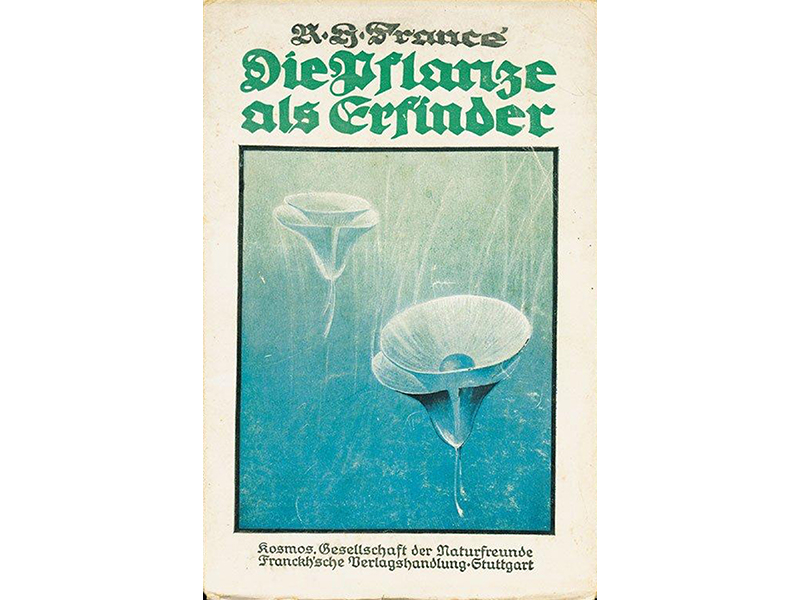
Figure 4. Front cover of Raoul Heinrich Francé, Die Pflanze als Erfinder (Stuttgart: Kosmos, Gesellschaft der Naturfreunde, 1920).
In parallel, Moholy-Nagy built his theory upon Raoul Heinrich Francé’s understanding of Biotechnik, and particularly upon his belief that all technical forms can be traced to the forms we encounter in nature. The significance of Francé’s approach for Moholy-Nagy’s conceptual edifice becomes very evident in the ideas he develops in The New Vision, where he expresses his admiration for Françé’s understanding of nature “as a constructional model in creative technique”.2 In The New Vision, Moholy-Nagy refers to Francé’s Grundformen, the seven forms of which all natural structures are composed, and uses the term “biotechnique” “to describe a formal methodology that specifically applied seven basic elements – the crystal, sphere, cone, plate, strip, rod, and spiral – to shape all forms of industrial and building design”3 (fig. 5). Moreover, his pedagogical vision in The New Bauhaus in Chicago drew upon Francé’s approach in Bios: Die Gesetze der Welt.4 Moholy-Nagy’s holistic biocentric vision and his understanding of Gesamtkunstwerk, which is commonly translated as a “total work of art”, should be interpreted within the broader context of the Lebensphilosophie, and the emphasis it places on the meaning, value and purpose of life as the foremost focus of philosophy. His biocentrism could also be related to the so-called “Biocentric Constructivism” and to the “Constructivist International”, which included, apart from Moholy-Nagy, figures such as Ludwig Mies van der Rohe, Ernő Kállai, Lazar El Lissitzky, Raoul Hausmann and Kurt Schwitters.
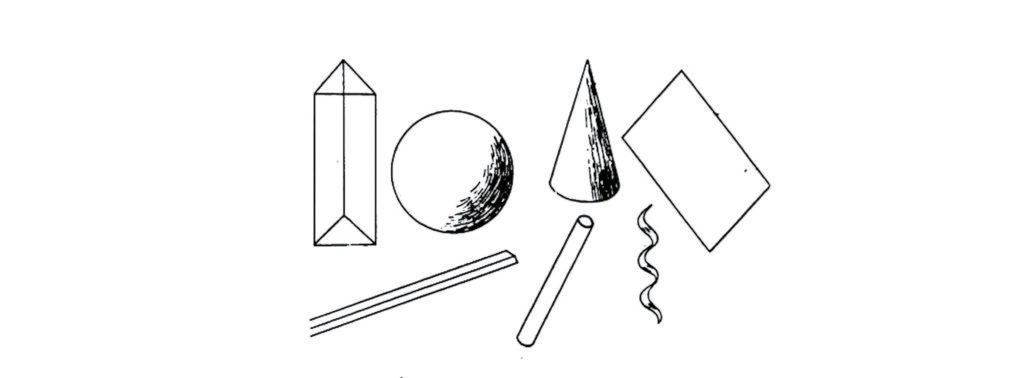
Figure 5. The biotechnical elements as illustrated in László Moholy-Nagy, The New Vision; and, Abstract of an Artist, 4th revised edition (New York: Wittenborn, Schultz, 1947), 46
Both Aalto and Moholy-Nagy paid special attention to the interconnections between design, socio-economic aspects, and psychological aspects, and saw design and social conditions as closely interconnected. Juxtaposing the impact of Jacob von Uexhüll’s understanding of Umwelt on Aalto’s conception of the relationship between nature and architecture, and the effect that Françé’s conception on Biotechnik had on Moholy-Nagy’s approach, helps distinguish the meeting points of the conception of standardization of these two thinkers. Aalto’s belief in the capacity of design to broaden “humane, socio-economic, and psychological decisions”5 is close to Moholy-Nagy’s understanding of design and its teaching as “a coherent purposeful unity focused on sociobiological ends”.6
A distinct point of convergence of Aalto’s and Moholy-Nagy’s understanding of form-making is the importance of the notion of light for their thought and work. Aalto was particularly interested in the architectural significance of daylight, while Moholy-Nagy was concerned about the role of light in photography and filming.
Aalto treated light as a means of form-making and was convinced that it is of great importance for rendering architecture more humane. In this sense, he conceived light as a means of rendering rigid standardization into flexible or elastic standardization. This is apparent not only in his tactics of filtering daylight, but also in the way he designed light fittings, specifically for the 1930 Minimum Apartment Exhibition (“Pienasuntonäyttely”) in Helsinki.
On the other hand, Moholy-Nagy’s interest in light is very apparent in Malerei, Fotografie, Film (fig. 6), where he defines photography as a means of transformation of human perception.7 In “From Pigment to Light”, Moholy-Nagy analyses the emergence of photography as a new artistic medium relating to the notion of light-space construction [Lichtraumgliederung].8 He saw photography as a means revolutionising vision through light and maintained that the photographer’s task was to enable “humanity […] [to acquire] the power of perceiving its surroundings, and its very existence, with new eyes”.9

Figure 6. László Moholy-Nagy, Malerei, Photographie, Film, Bauhausbücher no. 8 (Munich: Albert Langen, 1925).
Sigfried Giedion had invited Moholy-Nagy to make this silent film, which includes not only scenes on board during the cruise, but also shots of the Greek islands, capturing vernacular architecture and the rhythms of quotidian life. The part of the film entitled “Cruise to the Greek Islands” was filmed during the journey by Afros, a smaller boat on which a group among the attendants of the fourth CIAM visited several Greek islands, including Santorini and Aegina (fig. 7). The departure from Piraeus marked the opening of a different phase of filming for Moholy-Nagy’s Architect’s Congress. The way Moholy-Nagy filmed the island of Santorini shows his shift towards abstraction, arguing that the most essential medium of the film is light. This affected the way he captured the reality of Greek islands; his perception of film as light constructs a new conception of méditerranéité.
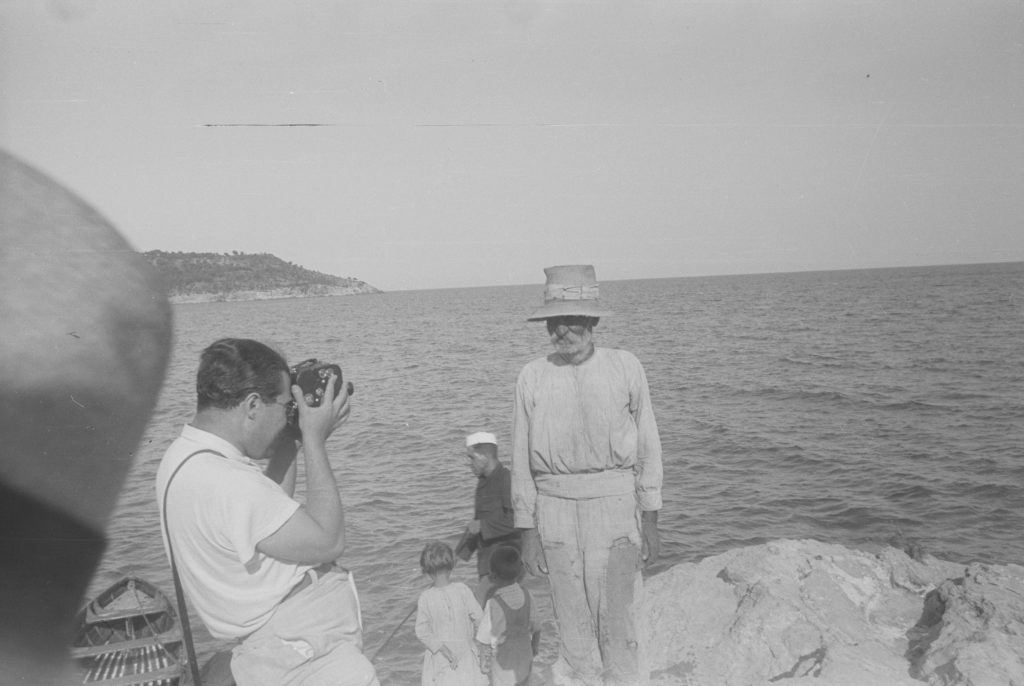
Figure 7. Carlo Hubacher’s shot of Moholy-Nagy filming. Photo by Carlo Hubacher. Source: gta Archives / ETH Zurich, CIAM papers (42).
1 Marcello Barbieri, “Has Biosemiotics Come of Age? and Postdcript”, in idem., ed., Introduction to Biosemiotics: The New Biological Synthesis (Springer, 2008), 105.
2 Moholy-Nagy, Von Material zu Architektur, Bauhausbücher no. 14 (Munich: Albert Langen, 1929); Moholy-Nagy, The New Vision: From Material to Architecture, trans. Daphne M. Hoffmann (New York: Brewer, Warren & Putnam, 1932), 60.
3 Stephen J. Phillips, Elastic Architecture: Frederick Kiesler and Design Research in the First Age of Robotic Culture (Cambridge, Mass.: The MIT Press, 2017), 132.
4 Raoul H. Francé, Bios: Die Gesetze der Welt (Munich: Franz Hanfstaengl, 1921).
5 Alvar Aalto, “The Influence of Construction and Materials on Modern Architecture”, in Göran Schildt, ed., Alvar Aalto in his Own Words, (New York: Rizzoli, 1998), 99.
6 LászlóMoholy-Nagy, Vision in Motion (Chicago: Paul Theobald, 1947), 360.
7 Moholy-Nagy, Malerei, Photographie, Film, Bauhausbücher no. 8 (Munich: Albert Langen, 1925).
8 Moholy-Nagy, “From Pigment to Light”, in Telehor 1, No. 1-2, (1936): 32-34.
9 Moholy-Nagy, “How Photography Revolutionises Vision”, trans. Philip Morton Shand, in The Listener, 8 (1933): 688-90.
Dr. ir. Marianna Charitonidou is a Lecturer and a Postdoctoral Research Fellow at the Institute for the History and Theory of Architecture (gta) ETH Zürich, where she works on her project “The Travelling Architect’s Eye: Photography and the Automobile Vision”, and a Postdoctoral Research Associate at the National Technical University of Athens and Athens School of Fine Arts. She is the curator of the exhibition “The View from the Car: Autopia as a New Perceptual Regime” (https://viewfromcarexhibition.gta.arch.ethz.ch/). She is a registered architect since 2010 and the principal and founder of Think Through Design Architectural and Urban Design Studio.